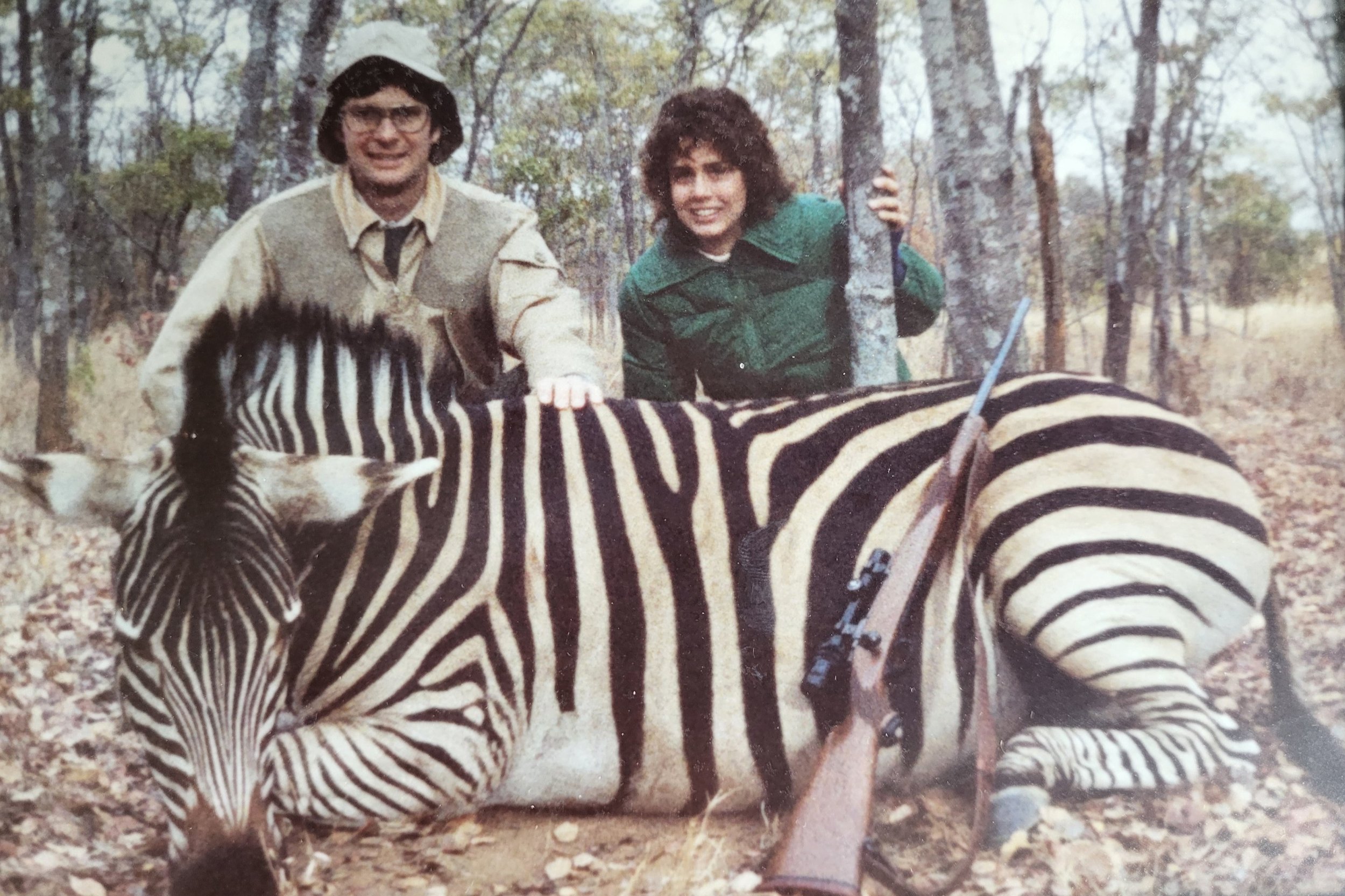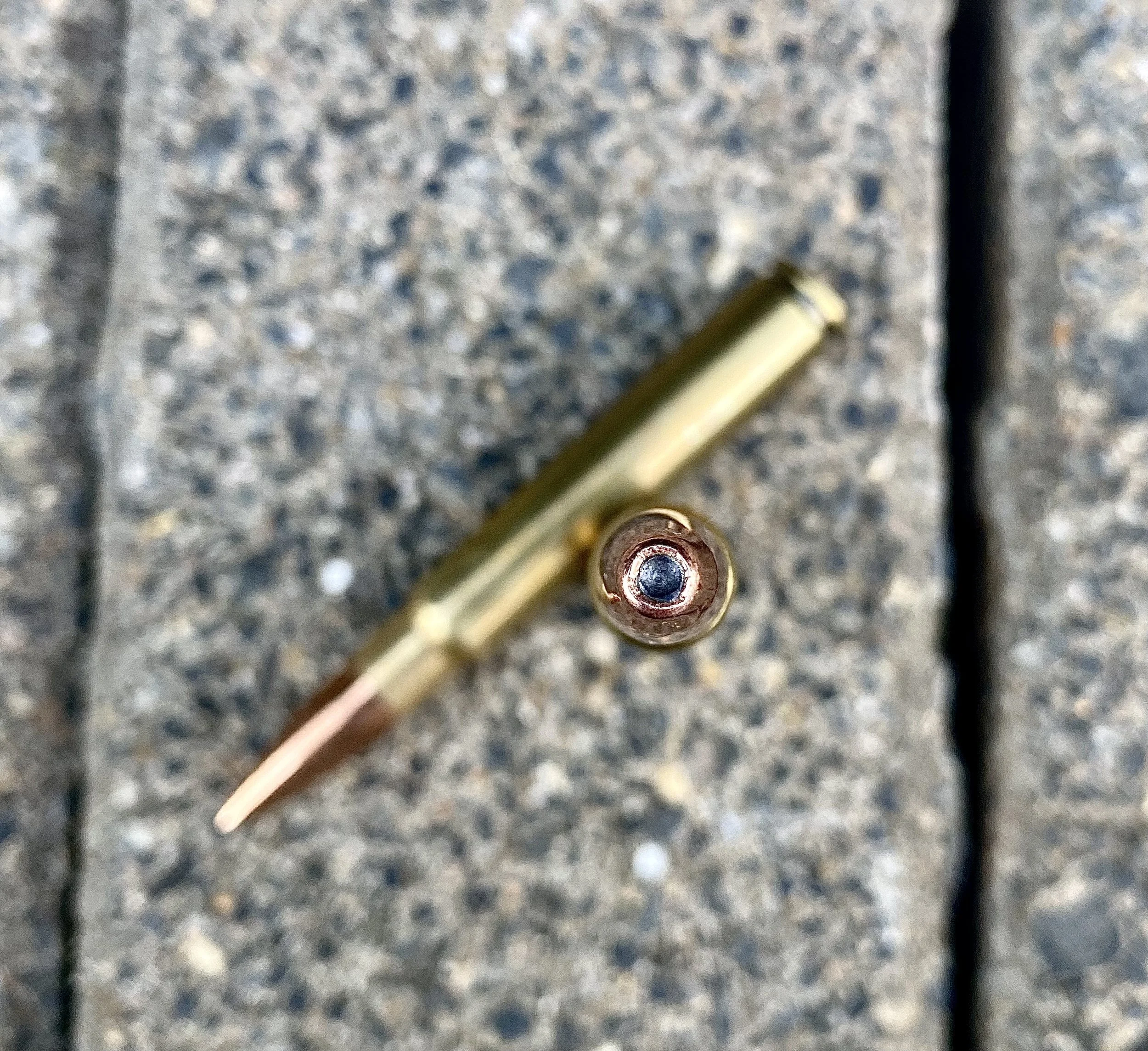Tahr-iffic Spring Break New Zealand Hunt!
A New Zealand hunt for Himalayan tahr, red stags, and chamois is the perfect spring break because March is early autumn in the southern hemisphere. Mountain tahr are easily accessible in snow-free zones. Red stags are roaring, and the weather is usually glorious.
Glacial Lake Wanaka in the scenic mountains of the best New Zealand hunt district.
Why a New Zealand Hunt?
New Zealand hunt in March encompasses the peak of the exciting red stag “roar” (comparable to elk bugling.)
As many as five big game species can be hunted: Himalayan tahr, red stag, elk, fallow deer, chamois.
Scenery around stunning glacial Lake Wanaka and the Southern Alps alone is worth the trip.
New Zealand hunt for bull tahr led to the taking of this old goat in the snow.
The Land and Wildlife on a New Zealand Hunt Are Productive Mix
I indulged my first New Zealand hunt one May on three-days notice, arriving in Queenstown with a new, untested Ruger rifle in 270 Winchester topped with a Leupold scope. After a scenic, winding road trip through mountain foothills and valleys, my videographer and I arrived to a warm greeting at John Scurr’s ranch. “Ranch” in New Zealand generally means sheep and red stags. They raise red stags for hides, antlers, and meat the way American’s raise Angus cattle. But the tangle of hills, ravines, thickets, foothills and snow-capped mountain peaks shelter large numbers of free-range stags, too, along with shaggy tahr, European chamois, fallow deer, and even some elk. The mix offers a unique hunting adventure.
Fallow deer buck grazing. A fairly common animal on a New Zealand hunt.
Hunters introduced all these animals in the late 19th century, isolated New Zealand having no native mammals except a seal and bat. Today the government teeters between managing them for hunting and wiping them out in an attempt to restore the island’s pristine environment. With 30 million sheep and 4.3 million humans, a pristine New Zealand is impossible. But hunters can help keep these invasive game species at tolerable numbers.
Flock of domestic sheep seen during New Zealand hunt.
Free-Range or Preserve for Your New Zealand Hunt?
The impossibly monstrous antlers you usually see on New Zealand stags come from preserve animals that are not only protected behind fences like cattle, but selectively bred like cattle to produce those outsized antlers. Free-range stags grow smaller, more typical 6x6 antlers, usually with 3 or 4 crown points to total 8 or 10 per side. Finding an old free-range bull is much more difficult, but some preserves are so large and rugged that they pretty closely simulate a wild hunt. Your choice.
Preserve red stag taken on a New Zealand Hunt
Get Tahred, Not Feathered, and Fallow My Lead
Tahr, as you would expect, range across the high, steep ridges and mountains. Pursuing them is much like hunting Dall’s rams only easier because you can day hunt. Drive to the base of a ridge, climb, glass, and return for a good lodge meal and bed. Yet, while you’re up there, the mountain expanses are as tall, wild, and stunning as Alaska’s Chugach Range. Physically challenged hunters have the option of helicoptering to the high country.
Hunters standing on snowy mountain ridge, glassing for tahr during a New Zealand hunt.
Black-and-white chamois roam similar places, but more often in lower foothills and ravines, too. Sharp-eyed, quick, alert, and agile, chamois are a challenging little goat-like animal akin to a cross between a bighorn ram and a mountain goat. Fallow deer, those old world deer with moose-like antlers, are denizens of brushy ravines. I didn’t even see one during my one and only hunt in NZ, but hope to rectify that on my next hunt.
New Zealand Hunt Much Like Home
New Zealand is a great first international hunt for Americans because the locals speak English (with an accent, for sure,) the mountains are much like our Rockies, Cascades and Alaska Ranges, and the country welcomes hunters. Importing a rifle is simple and inexpensive. John Scurr offers custom-tailored hunts during a time of year when cabin fever is driving winter-bound American’s nuts. Sounds like a more interesting spring break than some boring beach.
Recommended Gear for a New Zealand Hunt:
Shots can be long across mountain valleys and closely cropped pastures. Red stags and tahr are quite tough. Something in the 270 Win. class and up is about right, but any of the faster .264s through 300 magnums should do nicely. The 26 Nosler and 6.5-300 Wby. would be fun to try, as would the 6.5 PRC (read more about this exciting new cartridge in this blog post,) but the good old 7mm Rem. Mag. and 300 Win. Mag. would also be deadly. (7mm RM and 300 WM ballistics compared in this blog.) Given the terrain, I'd opt for a lighter rifle like my Rifles Inc. Strata Stainless in 280 AI at less than 6-pounds scoped and field ready. (Read details on the Strata Stainless in this blog.) Bullets from 140-grains and heavier with a sleek shape and high B.C. rating will be most efficient. Whatever scope you like in the 3-16X class will suffice. Dialing turrets or drop-compensation reticles are a good idea, but a long maximum point blank range system can work out to 500 yards with some "over the back" holds at 400 to 500 yards.You'll want waterproof mountain boots with stiff soles and good ankle support. Include protective gloves. Bunch grasses and a shin-dagger type ground plant with Arizona-like spear tips can be painful. Temperatures in March should run 45F to 67F. A bright, sharp, 10X binocular will be invaluable for picking out long-range tahr and secretive deer hiding in thickets. You'll want a sturdy, comfortable pack for carrying a day's worth of supplies and tools. The ALPS OutdoorZ Extreme Pursuit X, despite its long title, works well for me.The author is laying plans for his second hunting trip to New Zealand. Winters get long in his Rocky Mountain headquarters.



















